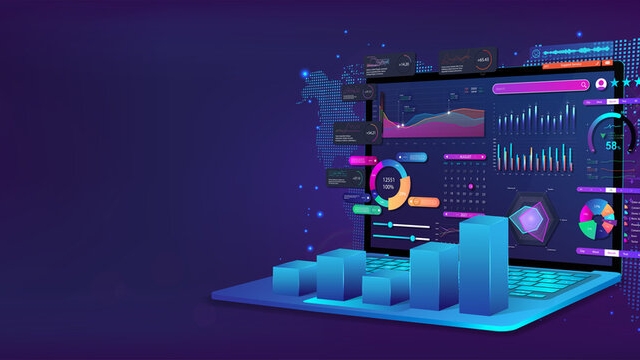
In the world of research and academia, data analysis serves as a critical foundation for drawing meaningful conclusions and shedding light on complex phenomena. With the advent of advanced tools such as NVivo, researchers now have a powerful ally in their quest for comprehensive data analysis. The ability to dissect and interpret large volumes of data efficiently is a coveted skill for any research data analyst looking to unlock valuable insights. In this article, we delve into the realm of mastering NVivo data analysis, exploring its nuances and offering guidance on how to leverage this tool effectively in research projects.
Overview of NVivo Software
NVivo is a powerful tool for conducting data analysis in research. It allows researchers to organize, analyze, and visualize large amounts of data effectively. With NVivo, researchers can work with various types of data sources such as interviews, surveys, articles, and more.
One of the key features of NVivo is its ability to code data, which involves the process of attaching labels to specific pieces of information. This coding process helps researchers identify patterns, themes, and relationships within the data. NVivo also provides advanced tools for conducting qualitative and mixed-methods data analysis, making it a valuable asset for research projects.
In addition to coding, NVivo offers features for data visualization, such as charts and graphs, that help researchers interpret and present their findings. By mastering NVivo data analysis techniques, research data analysts can unlock valuable insights from their data, leading to more informed decision-making processes.
Dnp Dissertation Help
Key Steps in NVivo Data Analysis
Understanding the research objectives is crucial before embarking on NVivo data analysis. This initial step involves clarifying the goals of the study and defining the specific research questions that need to be answered. By establishing a clear direction from the outset, researchers can ensure that their data analysis in NVivo remains focused and relevant to the overall research aims.
Once the research objectives are well-defined, the next step in NVivo data analysis is data organization. This involves importing the relevant data sources into the NVivo software and structuring them in a logical manner. By organizing the data effectively, researchers can easily access and analyze the information needed to answer their research questions, making the entire analysis process more efficient and systematic.
After organizing the data, the analysis phase in NVivo begins. This step involves coding the data to identify key themes, patterns, or trends within the information. Researchers can use NVivo’s powerful coding tools to categorize the data, make connections between different pieces of information, and generate insights that contribute to the overall research findings. By carefully analyzing the coded data, researchers can uncover valuable insights that support their research objectives and contribute to the body of knowledge in their field.
Best Practices for Research Data Analysis
When it comes to research data analysis, attention to detail is crucial. It is important for researchers to carefully organize their data before diving into analysis. With NVivo data analysis software, this process is made easier, allowing for efficient coding and categorization of data.
Another best practice is to regularly consult with peers or mentors during the data analysis process. Collaboration and feedback from others can help ensure accuracy and validity in the analysis. Additionally, discussing findings with colleagues can provide new perspectives and insights that may have been overlooked.
Lastly, it is essential for research data analysts to maintain transparency and document their analysis process. Keeping detailed records of coding decisions, data transformations, and analytical methods used can help in ensuring reproducibility of results. This level of transparency also promotes credibility in the research field.



